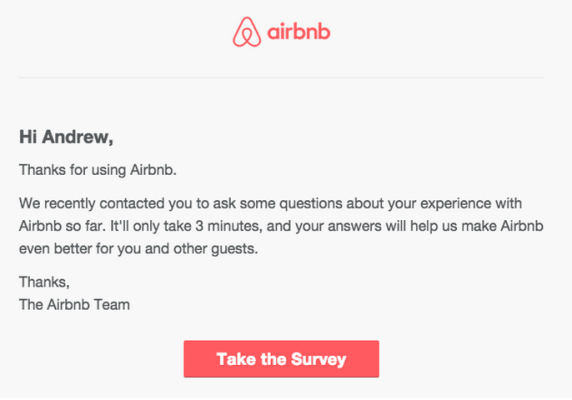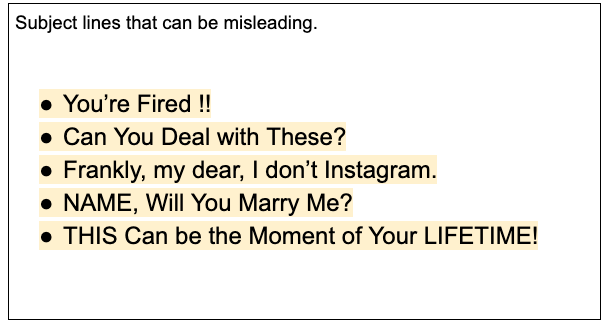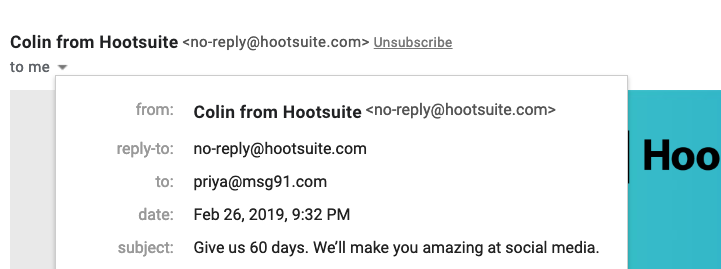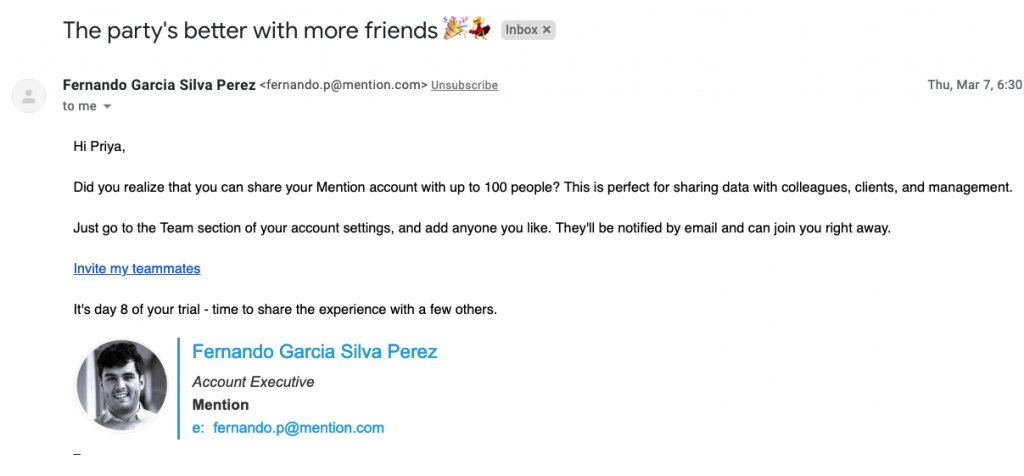5 Reasons your Email Reminders Fail
You get a hypersegmented database, work a great design and a great copy, oh yes, a great subject line too. Then what?
Your campaigns still fail.
Ample is said and done about how to succeed with email marketing. We try stuff, we experiment. But, some of us are still making the same mistakes and failing.
Most emails fail to get any replies, let alone starting a conversation.
But does that mean it’s not worth the effort!
It is. Did you know that email marketing offers an average ROI of $38 for every $1 spent? That’s quite a bit more as compared to other channels like social and content.
Now, I am not going to tell you how to write a great Subject Line. If you’re here, I assume you have it figured already. I want to talk about the art of following up. Without Spamming.
They receive your first email and decide not to respond. Then what?
Can you still rekindle the conversation? Are you still able to sustain their interests through other emails? Or manage to get at least one reply. Are you even making sense and adding meaning to their inboxes? Do your emails even get open? Forget response or clicks or even hitting CTAs.
I have been researching around the topic from some time now and I want to talk about why your follow-ups/reminders fail. These are the emails that are meant to build a relationship, to increase your brand trust or probably get them doing what you want.
Here are a few mistakes that I have made while trying to learn email marketing best practices and I will spill it all here for you:
- The Art of Relevance
A recent study by The Direct Marketing Association (DMA) revealed that 77% of the ROI comes from segmented, targeted and triggered email campaigns.
Not being able to identify your specific target audience is the most common mistake email marketers do. Your emails won’t be of any value to the receivers if you haven’t researched and forged your strategy around their needs, preferences, challenges, demographics and psychographic characteristics.
Sending a discount coupon for a product just purchased or a version update for a software never installed or a comeback message from a vacation home they just returned honeymooning, is a complete waste of time. The instant instinct for these emails is to hit unsubscribe as none of these makes any sense to the receiver.
Rather, try sending a quick survey to understand the needs and preferences of your subscribers. Surveys will not only help you decide a fruitful strategy but will also turn your campaigns into an ROI generating factory, as you’ll be more relevant and accurate in your content.
Check this decent email from Airbnb, asking consumers about their experience:

Another common mistake email reminders are caught making is sounding like Marketing-Bot-O-Tron-3000. You are sending emails to individuals and no one would like to read a message that’s addressed to a group. Personalizing is one of the best techniques to succeed with email reminders. Most tailored your emails will be, higher the chances of them hitting chords.
You may also try clubbing personalized SMS reminders along with emails to increase the open rates and add a personal touch to your communication.
Also Read – An Expert Email Marketer’s Guide To Acing SMS As-A-Channel
- Subject Doesn’t Deliver
Customers have now started recognizing the Buzzfeed style, overly hyped Subject lines. No denying that writing Subject line is a fine art. But it also directly associates with your brand trust.
It’s so disheartening when you set so high an expectation with the subject line and when they open it, the body doesn’t deliver or is completely different from what’s triggered it to open.

It’s okay to encourage people to click on your emails but when they’re constantly let down by the content, it does more harm to your brand in the long run. And it’s perfectly okay to sacrifice a few clicks and save your brand’s long term trust in its audience.
Also, a lot of people don’t understand the fact that you can’t make a $1000 sale in an email. It is a medium that builds and attaches a sentiment of trust and value to your brand over time.
- Preheader/Preview is Overlooked
All the factors that form your mail matter. Senders often focus on the Subject line and the body, but often overlook the Pre-header. These little snippets which often look like – “to view this email in a browser, click here” or a bunch of broken code or a URL, which can actually be the reason whether your emails get open or not.
No matter what tool you’re using to send emails, there’s always a text box at the topmost of your message body, which is called a Preheader. It’s generally limited to less than 100 characters and is often pulled out of your email text.
Preheader is shown as a preview of your email when unopened. It also supports your subject line as it provides a chance to extend the offer by explaining it in further more words.

Preheaders are increasingly important on mobile and for brands that use short subject lines. These can give a personality to your email. You only get a few seconds to grab a receiver’s attention at the first look of it, why not use all the tools possible.
Learn how well the SMSs we receive on a daily basis are crafted. Just the right amount of information in the shortest possible frame. Certainly, SMS senders don’t miss any opportunity to personalize and utilize all possible tools, right from the Sender ID to SMS Preview, to the interlinking of important information.
- From Sender [email protected]
If you get an email from a real person who has a name Vs an email from a mailbox, which one are you more likely to open?
Businesses that send emails from a noreply or an email that never gets checked, are clearly saying “we don’t want to talk to you”. If you’re really interested in initiating a conversation, make it human and send emails from a real person’s name to make it look authentic and real.

In the above image, I know that somebody named Colin from Hootsuite wants to talk to me, but I don’t have any intentions of replying as it clearly says no-reply.
This is fine if it’s just an informational email or contains some offer CTAs and also if Hootsuite doesn’t want me to reply at all.
Contrarily, have a look at the below email from Mention. I don’t use their services, but I felt good by just receiving a personalised communication in my mailbox.

If you are by any means using an email like contact or [email protected], make sure you put a friendly support or response team behind each reply, to handle each lead well.
Often businesses are so occupied in deploying new strategies or tactics that they fail to handle the replies or leads from a previous campaign.
If you’re not going to capitalize when they reply, why are you even sending these emails?
- About Timing
Marketers need to understand that having somebody’s email id is a privilege and not a power. And you don’t use privilege as per your will. Persistence has power. Also, consistency is the key.
“Most sales reps stop following up after three or four follow-ups, whereas researches suggest that an average lead takes at least eight follow-ups to reply. So, if you give up early, you lose.”
Also, don’t wait for the list to be complete or extensively long enough to start. Gain the early advantage and start sending emails as soon as you realize its value. Keep refining your list time to time and by the time you do this, you can build trust by consistently communicating.
It’s so disappointing when you’re either sending too many emails or not sending them at all or are inconsistent in your communication. Research extensively and understand the ideal frequency that your audience would appreciate, and stick to it.
Know that when you send an SMS, there’s hardly anyone who gets annoyed, because mostly they are prepared and expecting your message. Same should go with an Email.
Wrapping up
The key to succeeding with email marketing is to stick to the plan and keep refining it with each failure. It’s certainly an art that you’ll learn over time. Always test each email/campaign to a small group of a loyal list and iterate to find the best template that works for your goal.
Views: 156
- best-practices
Copyright 2008-2025, Superheroes, Inc. | All rights reserved.